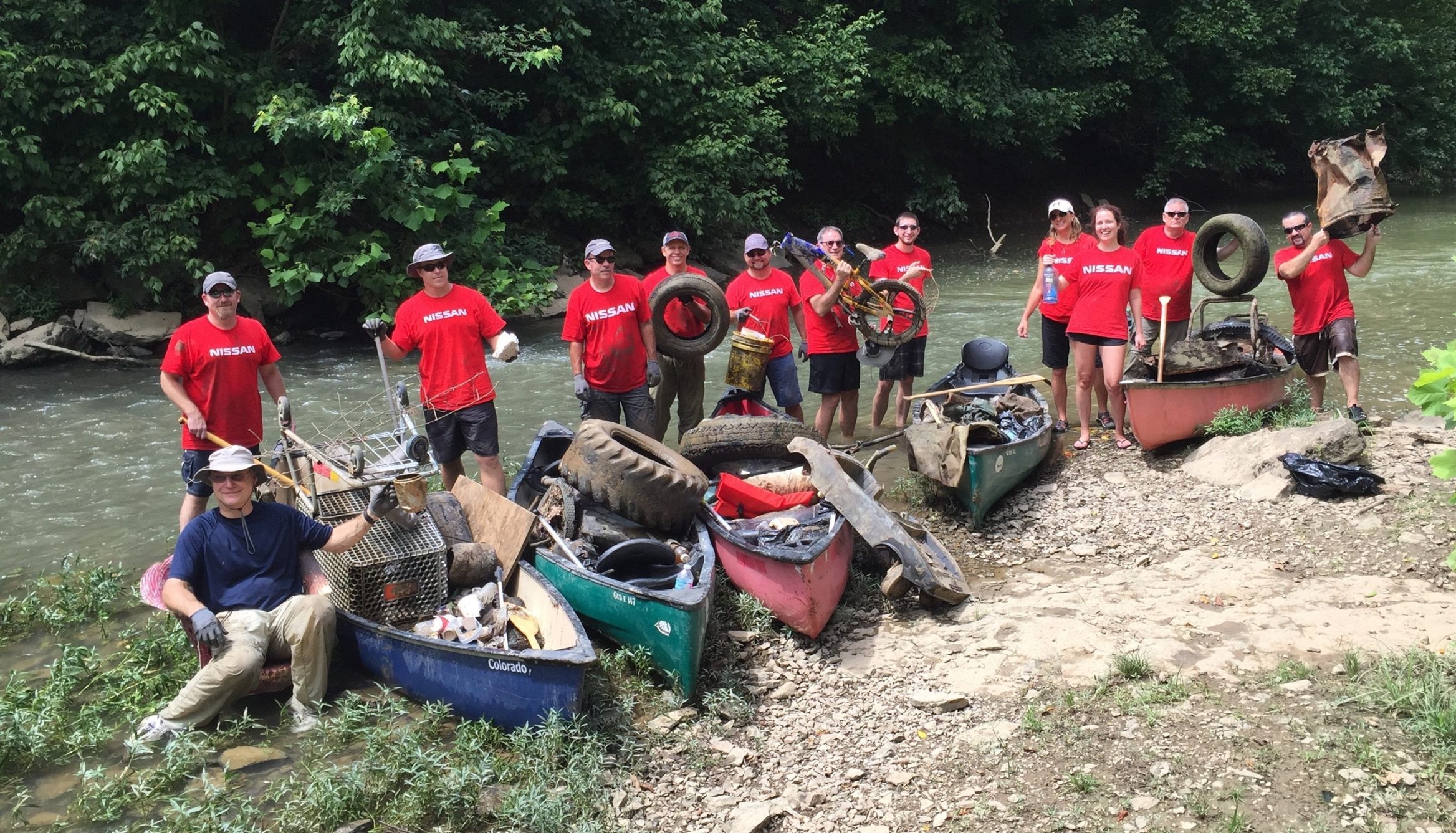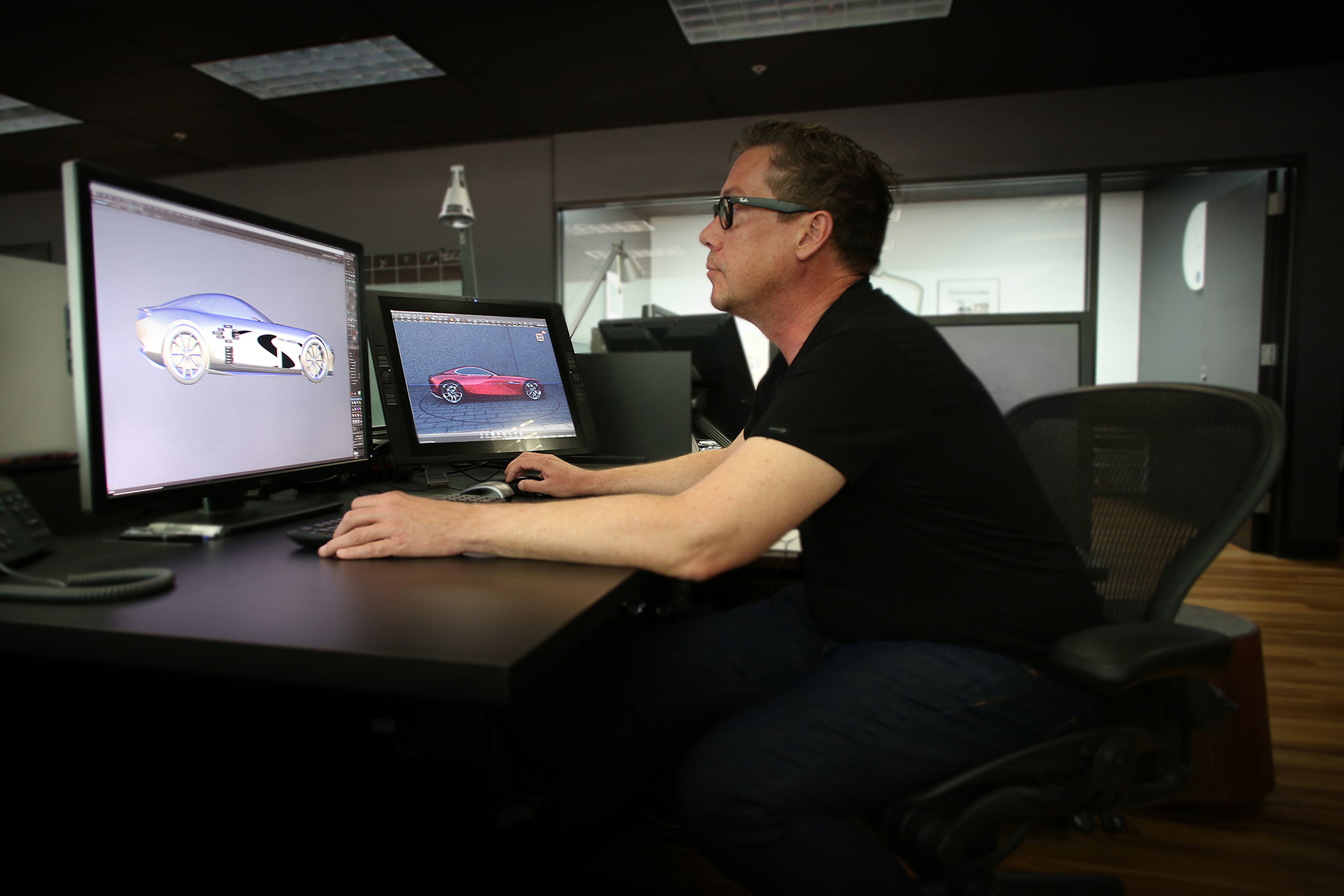Every spring, when I see the cherry blossoms in bloom here in Washington, DC, I am reminded of the deep and lasting bonds between the U.S. and Japan. This year, on April 16, the importance of the U.S.-Japan relationship was highlighted when President Joe Biden met with Japanese Prime Minister Yoshihide Suga – the president’s first in-person meeting since taking office. In a joint statement, the two leaders called the U.S.-Japan alliance a “bedrock to each of our nations” and a partnership that will “make security and prosperity possible for both our peoples for decades to come.” The depth and quality of Japanese-brand automakers’ U.S. investments as well as their long-term commitment to supporting the American economy through innovation, workforce development, and environmental stewardship undoubtedly plays an important role in defining this sustained and lasting partnership.
Japanese-brand automakers are integral to the American economy, contributing to local communities throughout the country, and strengthening the U.S. auto industry’s global competitiveness. Since 1982, Japanese-brand automakers have cumulatively invested $53.3 billion into manufacturing plants across America. And in the years since the Great Recession, our members have increased their U.S. vehicle production to 1/3 of all American-made cars and trucks annually. Our members also reached a great milestone in recent years, cumulatively purchasing over $1.2 trillion in U.S. auto parts over several decades.
The role of Japanese-brand automakers has become increasingly important as the auto industry undergoes a fundamental evolution towards a future that is more connected, autonomous, electrified, and sustainable. As leaders around the world work to address climate change, JAMA member companies are keenly focused on developing environmentally-friendly vehicle technology. They have long been leaders in this space, introducing the first mass produced hybrid vehicle, the Toyota Prius, to the U.S. market back in 1997. Our members have continued to innovate since then, introducing plug-in hybrids like the Mitsubishi Outlander and Subaru Crosstrek, EVs like the Nissan Leaf and the soon to be available Mazda MX-30 EV, hydrogen fuel cell vehicles like the Toyota Mirai and the Honda Clarity, and environmentally-friendly heavy-duty vehicles like the Hino 195h.

This ethos extends beyond product offerings and into every aspect of how Japanese-brand automakers operate in the U.S., including the environmental sustainability of their operations, and support for the overall environmental well being of their local communities. For example, Honda and Nissan are both recognized by the U.S. Environmental Protection Agency (EPA) as ENERGY STAR partners for reducing emissions and improving energy management within their manufacturing facilities. The Mazda-Toyota plant in Huntsville, Alabama is partnering with local environmental organizations to preserve the habitat of the rare spring pygmy sunfish adjacent to its plant site. Subaru is a leader in zero-landfill practices, and since 2015, they have been working with the National Park Service to reduce waste at parks throughout America. Toyota installed an 8.79-megawatt solar array on its headquarters in Plano, Texas that is expected to fulfill around 1/3 of the headquarters’ power needs.
At the same time, Japanese-brand automakers are working to address the many other technical challenges facing the industry in the 21st century with deep investments in the U.S. This includes innovative research and development (R&D) efforts, supporting the formation of innovation hubs and research centers of excellence around the country, and building partnerships with American research and academic institutions, government entities, and various automotive and mobility companies. For example, Honda and General Motors have progressively increased their collaboration on next-generation technologies, including fuel cells, batteries, EVs, and autonomous driving.

Initiatives like these require high-level skills and technical know-how, and as manufacturing has become an increasingly high-tech process, Japanese-brand automakers are investing in the American workforce to ensure that they are ready for the future. Honda and Subaru partner with Purdue University’s Indiana Next Generation Manufacturing Competitiveness Center (IN-MaC) to give K-12 students and their teachers an opportunity to learn about technologies like robotics and artificial intelligence while they develop a greater understanding of how those technologies can lead to an exciting career in manufacturing. Nissan partnered with the Tennessee College of Applied Technology Murfreesboro to establish the Smyrna Campus and Nissan Training Center, a joint use facility that prepares students and Nissan employees for careers in advanced manufacturing.
The bottom line is, not only do Japanese-brand automakers have a long history of strengthening the U.S. economy and investing in local communities throughout the country, but these companies also have a proven track record of pushing advances in environmental stewardship and environmentally-friendly vehicle technology. They are working hand in hand with partners in business, government, and the multitude of American communities in which they operate to address the new and complex challenges of today. Our members look forward to continuing to strengthen the global competitiveness of the U.S. auto industry and broader American economy as we head into the future of innovative, greener mobility.
To read the original blog post from the Japan Automobile Manufacturers Association, please click here
